The Enduring Legacy of Patola Sarees: A Journey Through Time and Tradition

A Tapestry of Time: The History of Patola Sarees
The Patola saree, a masterpiece of Indian textile art, holds within its intricate weave a rich history that stretches back centuries. More than just a garment, the Patola embodies a legacy of cultural heritage, artistic brilliance, and enduring tradition. This article delves into the fascinating history of the Patola saree, exploring its origins, evolution, historical significance, and the ancient techniques that continue to define its unique charm.
Origin and Evolution: A Tale Woven in Gujarat
The roots of the Patola saree lie deep in the ancient land of Gujarat, a region renowned for its vibrant textile traditions. The exact origin of Patola weaving remains shrouded in some mystery, but evidence suggests its presence in Gujarat as far back as the 12th century. This exquisite fabric was initially woven by the Salvi community, who perfected the intricate double ikat technique that gives Patola sarees their distinctive double-sided patterns.
Royal Patronage: A Catalyst for Growth
The development of the Patola saree was significantly influenced by royal patronage. The rulers of Gujarat, particularly during the Mughal era, recognized the exceptional artistry of Patola and actively encouraged its production. This patronage led to the creation of even more intricate designs, with motifs inspired by royal court life, flora and fauna, and religious themes. The exquisite craftsmanship of Patola sarees earned them the distinction of being reserved for the elite, becoming a symbol of status and prestige.
Evolving Designs: A Symphony of Patterns
Over the centuries, the designs and patterns of Patola sarees have evolved, reflecting the changing times and cultural influences. Early Patola designs were characterized by geometric patterns and bold colors. As the influence of different dynasties and trading networks grew, the repertoire of Patola designs expanded to incorporate floral motifs, animal figures, and intricate representations of deities. This evolution ensured that Patola sarees remained relevant and captivating across generations.
Historical Significance: A Tapestry of Trade and Tradition
The Patola saree has played a significant role in the historical and cultural landscape of India. Its exquisite craftsmanship and enduring beauty made it a sought-after commodity in trade routes across ancient India and beyond. Patola sarees were highly prized in Southeast Asia, the Middle East, and even Europe, establishing Gujarat as a major textile hub.
A Garment for Ceremony and Celebration
Beyond its commercial significance, Patola sarees held profound cultural importance. They were integral to royal and aristocratic ceremonies, adorning the attire of kings, queens, and high-ranking officials. The elaborate patterns and vibrant colors were believed to represent prosperity, good fortune, and spiritual power. Patola sarees became synonymous with auspicious occasions, gracing weddings, festivals, and religious gatherings.
Legends and Anecdotes: Weaving a Story Through Time
The rich history of the Patola saree is woven with fascinating legends and anecdotes. One popular tale narrates the story of a weaver who, after years of dedication and hard work, finally created a Patola saree so exquisitely intricate that it was deemed worthy of being presented to the emperor. Another legend speaks of a Patola saree so intricately woven that it could be worn on either side, showcasing the artistry of the double ikat technique.
Ancient Techniques and Patterns: A Legacy Preserved
The creation of a Patola saree is a testament to the artistry and meticulousness of the weavers. The double ikat technique, a complex process of dyeing the threads before weaving, is a hallmark of Patola sarees. In this technique, the warp and weft threads are meticulously tied and dyed to create the intricate patterns that are visible on both sides of the fabric. The process is time-consuming and requires immense skill and precision, making each Patola saree a truly unique and cherished piece of art.
A Legacy of Design: The Influence of Dynasties
The patterns found in Patola sarees often reflect the influence of different dynasties that ruled Gujarat. The Mughal era, with its love for intricate motifs and vibrant colors, had a significant impact on Patola designs. The Solanki dynasty, known for its architectural prowess, also left its mark on Patola designs, with patterns inspired by the intricate carvings and motifs of temples and palaces.
Preserving Tradition: A Legacy Passed Down Through Generations
Despite the challenges of modernization and globalization, the tradition of Patola weaving continues to thrive. The Salvi community, the custodians of this art form, have diligently preserved the ancient techniques and patterns, passing them down through generations. Workshops and institutions dedicated to promoting Patola weaving are working to ensure that this cherished legacy continues to flourish, inspiring generations to come with its exquisite beauty and enduring story.
The Patola saree is a testament to the enduring power of tradition and the enduring beauty of handcrafted artistry. It is a symbol of cultural heritage, artistic excellence, and the timeless appeal of Indian textiles. As we explore the rich history of the Patola saree, we gain a deeper appreciation for the intricate details, the historical significance, and the enduring legacy that makes this garment a true treasure of Indian art and culture.

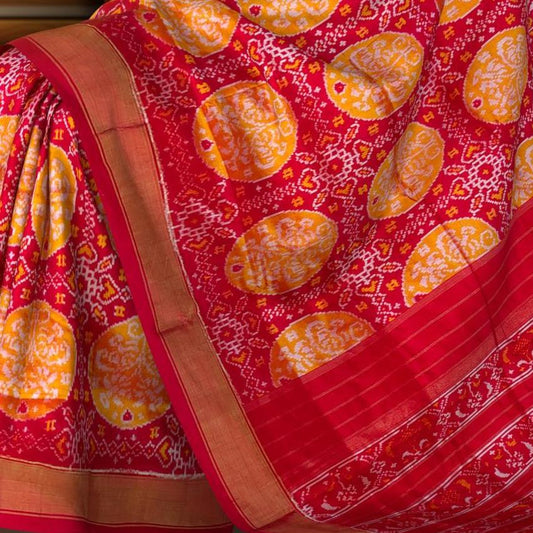

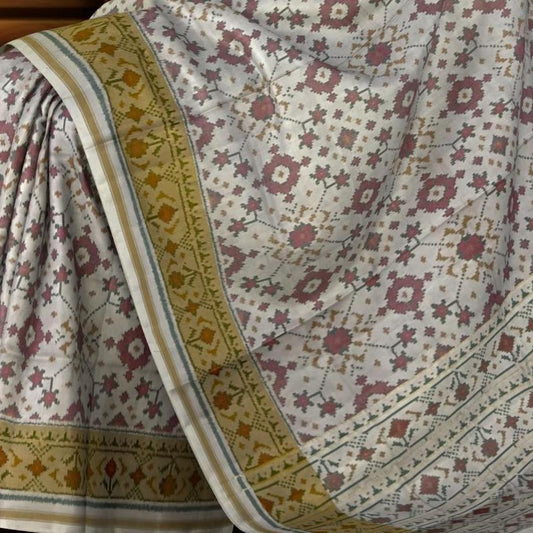
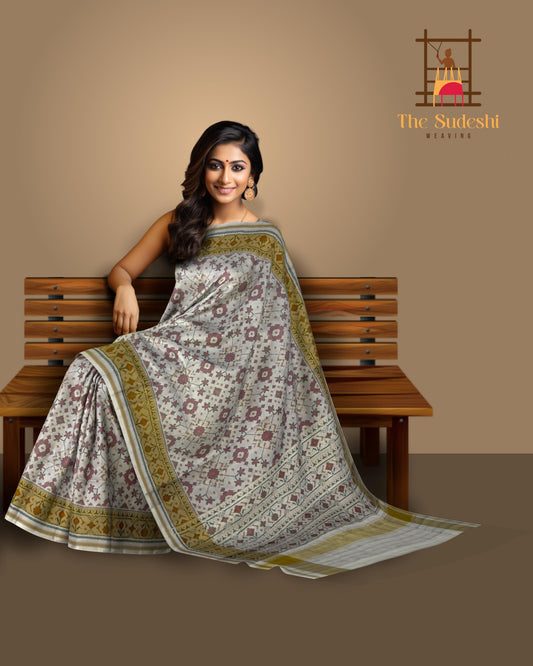
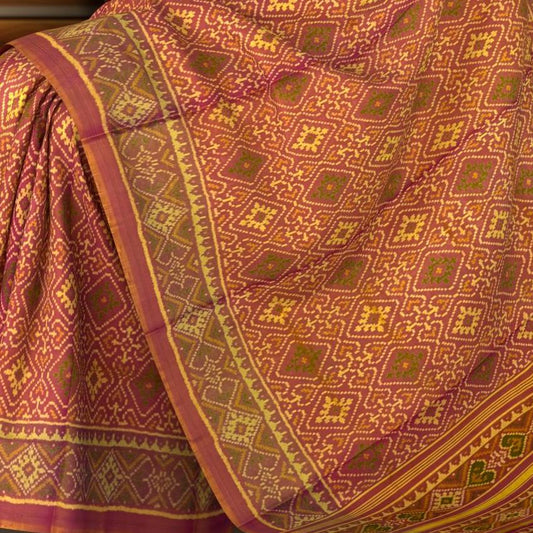
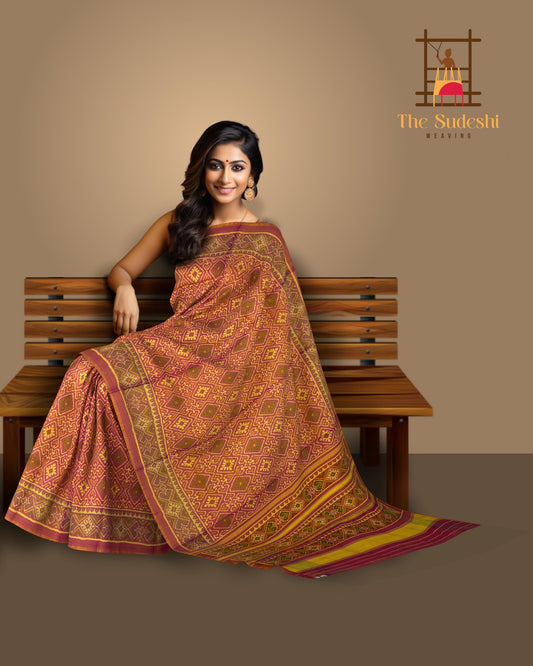
Leave a comment
Please note, comments need to be approved before they are published.